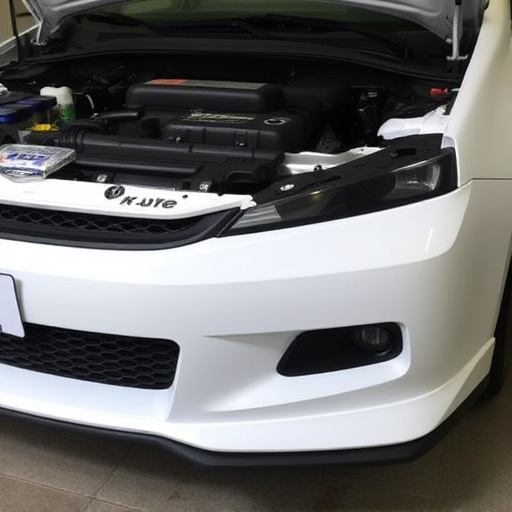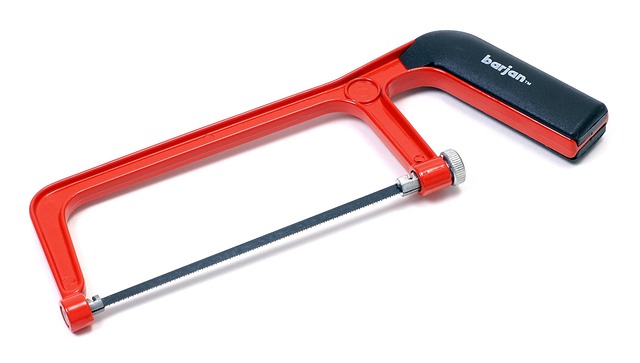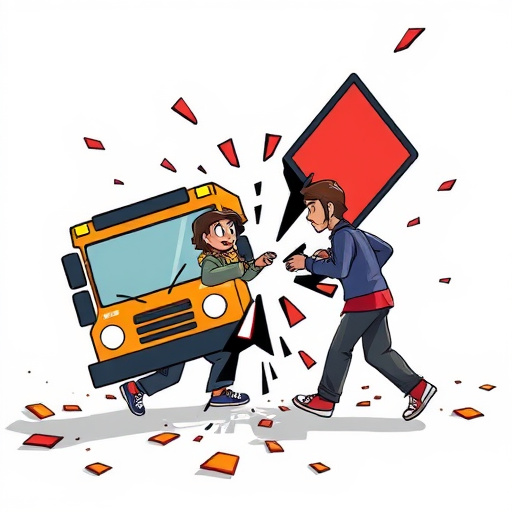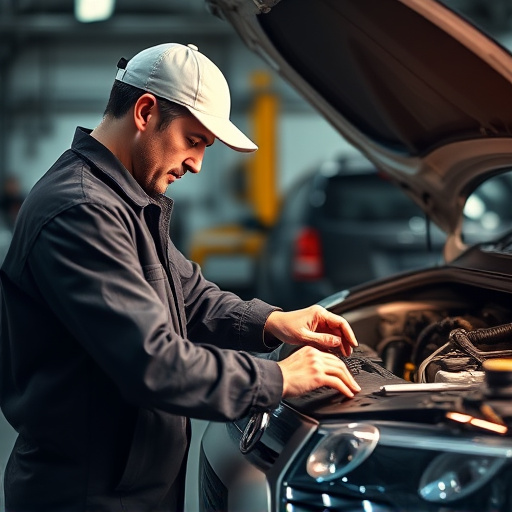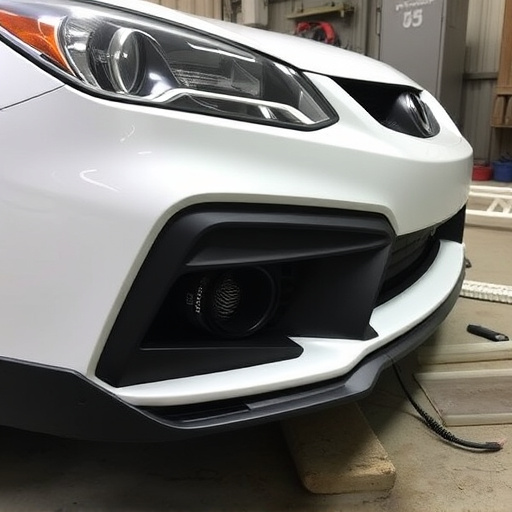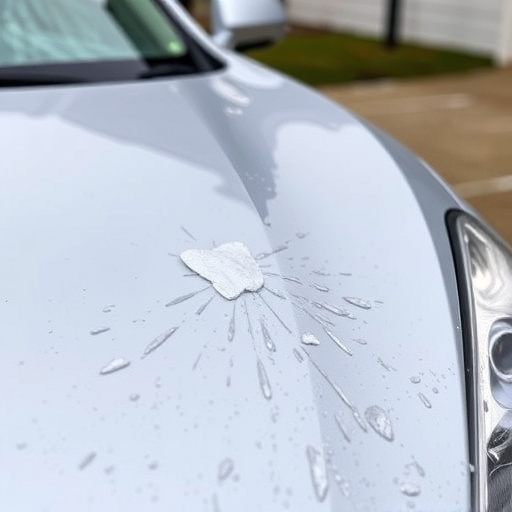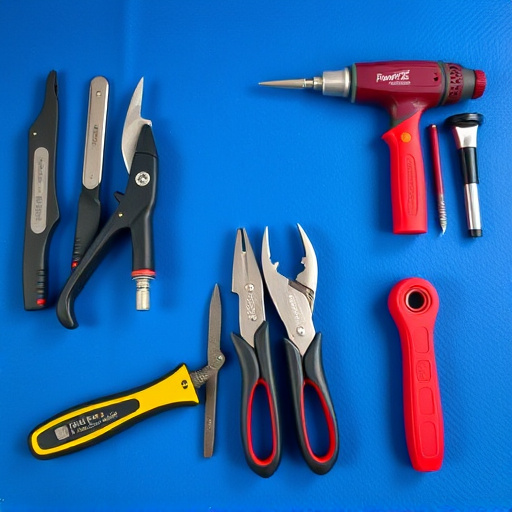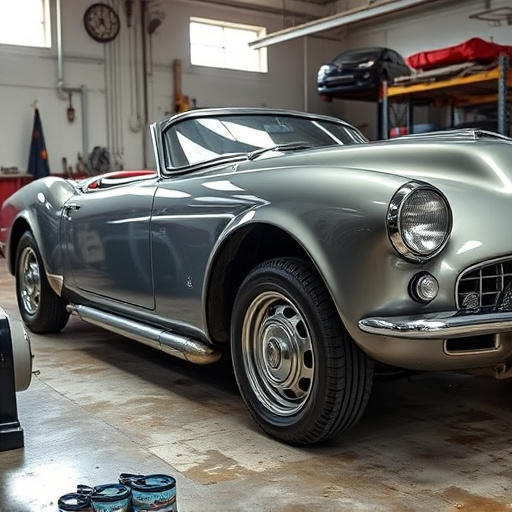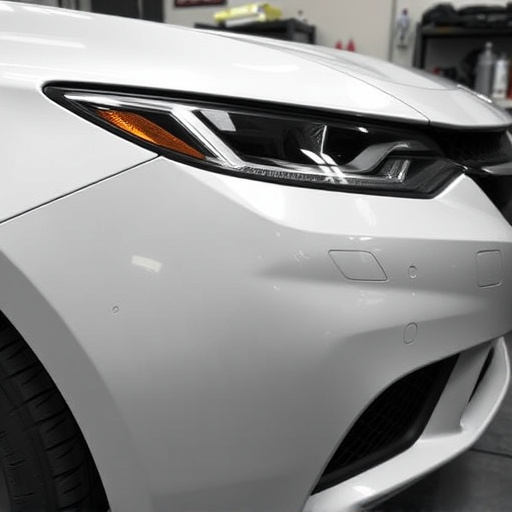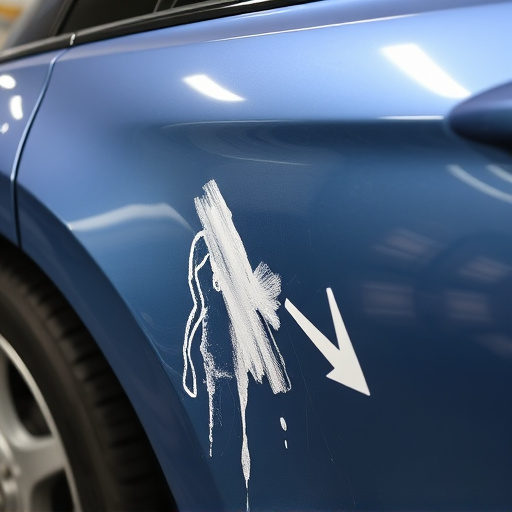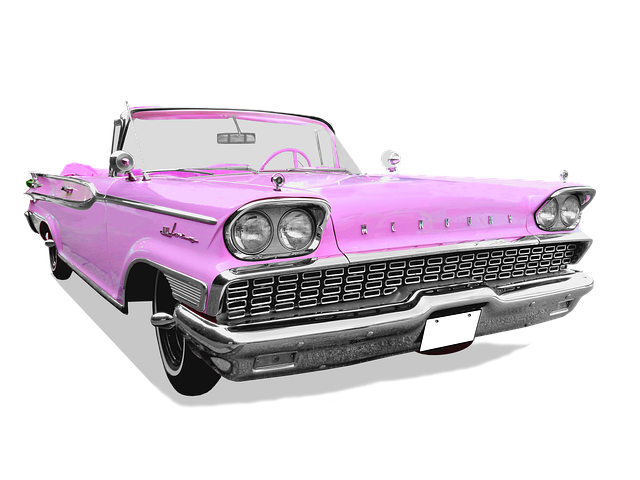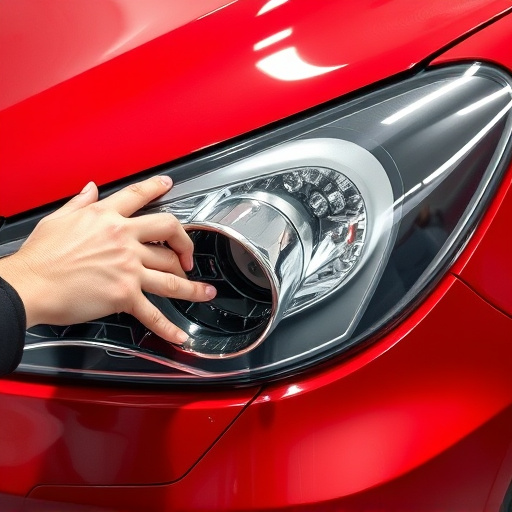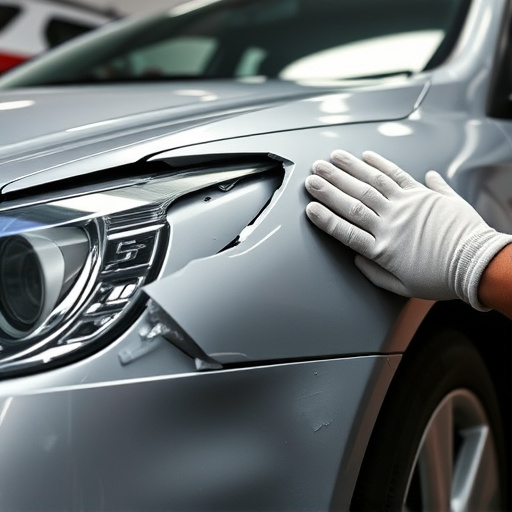Chrome trim replacement goes beyond aesthetics, focusing on materials and styles to maintain vehicle elegance and value. Genuine OEM parts from stainless steel or brass offer a luxurious look like Mercedes Benz repair. Aftermarket alternatives vary in design, catering to diverse tastes. Accurate matching preserves vehicle appeal and market value during collision repair or routine maintenance. Safety precautions include right tools, protective gear, and ventilation; consult tutorials or seek professional guidance for complex replacements.
“Uncover the art of chrome trim replacement—a popular customization for those seeking to elevate their automotive aesthetics. Today, various techniques allow car enthusiasts to effortlessly swap out worn-out or damaged chrome pieces. From understanding the diverse materials and styles of chrome trim to mastering DIY installation, this guide explores effective strategies.
Learn about the latest trends in replacement parts, ensuring a seamless fit and lasting shine. Discover the essential tools and safety measures required for successful do-it-yourself projects. Whether you’re a professional or enthusiast, this article provides valuable insights into the world of chrome trim replacement.”
- Understanding Chrome Trim: Materials and Styles
- Popular Replacement Techniques for Different Parts
- Tools and Safety Precautions for DIY Chrome Trim Work
Understanding Chrome Trim: Materials and Styles
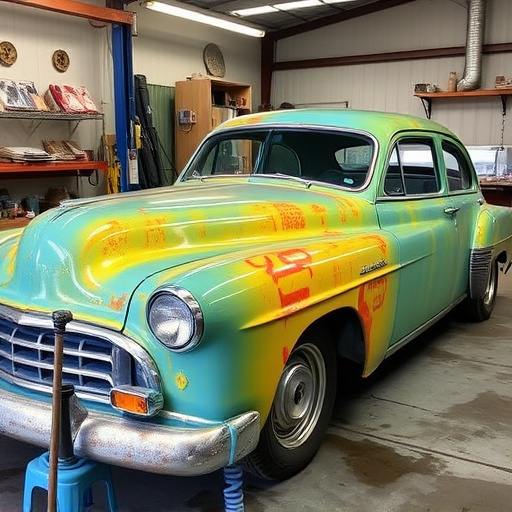
Chrome trim, a defining feature in many vehicle interiors, adds a touch of elegance and sophistication. When it comes to replacement, understanding the materials and styles is crucial for a successful chrome trim replacement. The market offers various options, from genuine OEM parts to aftermarket alternatives. Genuine chrome trim is crafted from stainless steel or brass, known for its durability and lustrous appearance. This material is often used in luxury car brands like Mercedes Benz repair and other premium vehicles, ensuring a long-lasting finish.
Different styles are available, each with unique characteristics. From sleek, modern designs to vintage-inspired patterns, the choices cater to various aesthetic preferences. For example, some chrome trim replacements mimic the classic look of older models, while others boast contemporary, streamlined designs. When undertaking a chrome trim replacement, whether for vehicle collision repair or routine maintenance, matching the original style and quality is essential to preserve the vehicle’s overall appeal and value.
Popular Replacement Techniques for Different Parts
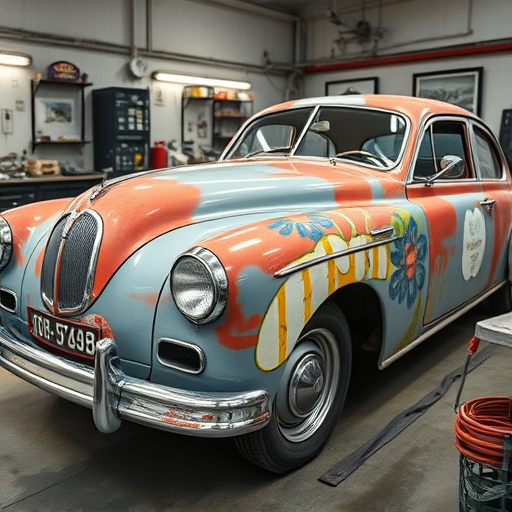
When it comes to chrome trim replacement, several techniques have gained popularity among automotive enthusiasts and professionals alike. For exterior components like door handles, mirrors, and grilles, one common approach is using high-quality stainless steel or brass as a direct substitute. This method ensures precision fitting and maintains the original aesthetic appeal of the vehicle.
For more intricate parts like car bumpers or fenders, where structural integrity is crucial, experts often recommend utilizing specialized adhesives designed for metal bonding. This technique, combined with meticulous sanding and priming, allows for seamless integration of replacement chrome trim while addressing any existing car damage repair. Additionally, tire services might also be involved in the process, ensuring that wheel arches and fenders are properly prepared and aligned after the chrome trim replacement to create a flawless finish, enhancing both the vehicle’s appearance and safety features.
Tools and Safety Precautions for DIY Chrome Trim Work
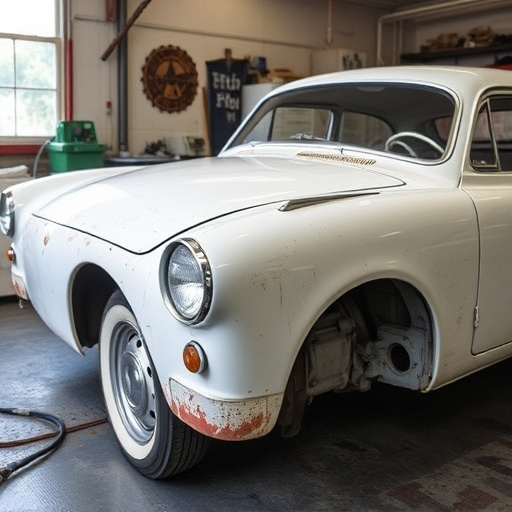
When attempting DIY chrome trim replacement, safety should always be your top priority. Before beginning any work, ensure you have the right tools for the job—this may include a variety of screwdrivers, pliers, and specialized tools designed for chrome removal and installation. Protective gear, such as gloves and safety glasses, is also essential to prevent injuries from sharp edges or small parts.
Proper ventilation is another crucial aspect, especially when dealing with chemical compounds used in trim replacement. Many collision repair shops and automotive body shops recommend using a well-ventilated area or an outdoor workspace to minimize exposure to fumes. Lastly, familiarize yourself with the process through online tutorials or consult a professional to understand the intricacies of chrome trim replacement, ensuring you can handle any unexpected challenges that may arise during your DIY project.
Chrome trim replacement is a popular way to refresh the look of vehicles, offering both functional and aesthetic benefits. By understanding the materials and styles available, as well as adopting safe and effective techniques, DIY enthusiasts and professionals alike can achieve impressive results. With the right tools and precautions, replacing chrome trim has never been easier or more accessible, allowing folks to navigate their way through this process with confidence.
